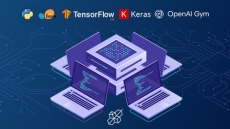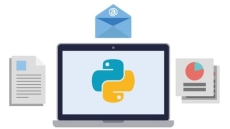What you’ll learn
- Understand the regular K-Means algorithm
- Understand and enumerate the disadvantages of K-Means Clustering
- Understand the soft or fuzzy K-Means Clustering algorithm
- Implement Soft K-Means Clustering in Code
- Understand Hierarchical Clustering
- Explain algorithmically how Hierarchical Agglomerative Clustering works
- Apply Scipy’s Hierarchical Clustering library to data
- Understand how to read a dendrogram
- Understand the different distance metrics used in clustering
- Understand the difference between single linkage, complete linkage, Ward linkage, and UPGMA
- Understand the Gaussian mixture model and how to use it for density estimation
- Write a GMM in Python code
- Explain when GMM is equivalent to K-Means Clustering
- Explain the expectation-maximization algorithm
- Understand how GMM overcomes some disadvantages of K-Means
- Understand the Singular Covariance problem and how to fix it
How to Enroll Cluster Analysis and Unsupervised Machine Learning in Python course?
How many members can access this course with a coupon?
Cluster Analysis and Unsupervised Machine Learning in Python Course coupon is limited to the first 1,000 enrollments. Click 'Enroll Now' to secure your spot and dive into this course on Udemy before it reaches its enrollment limits!









